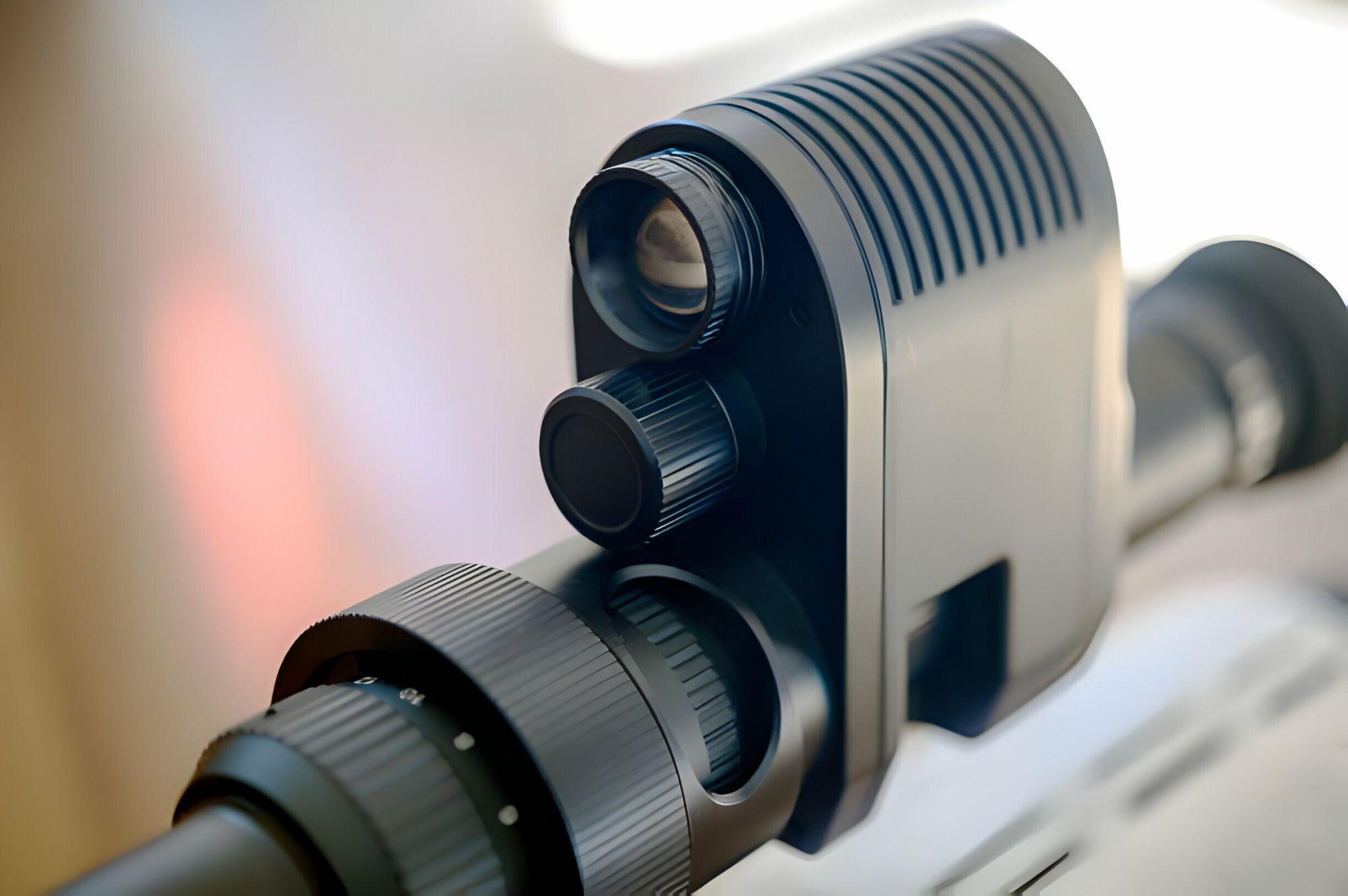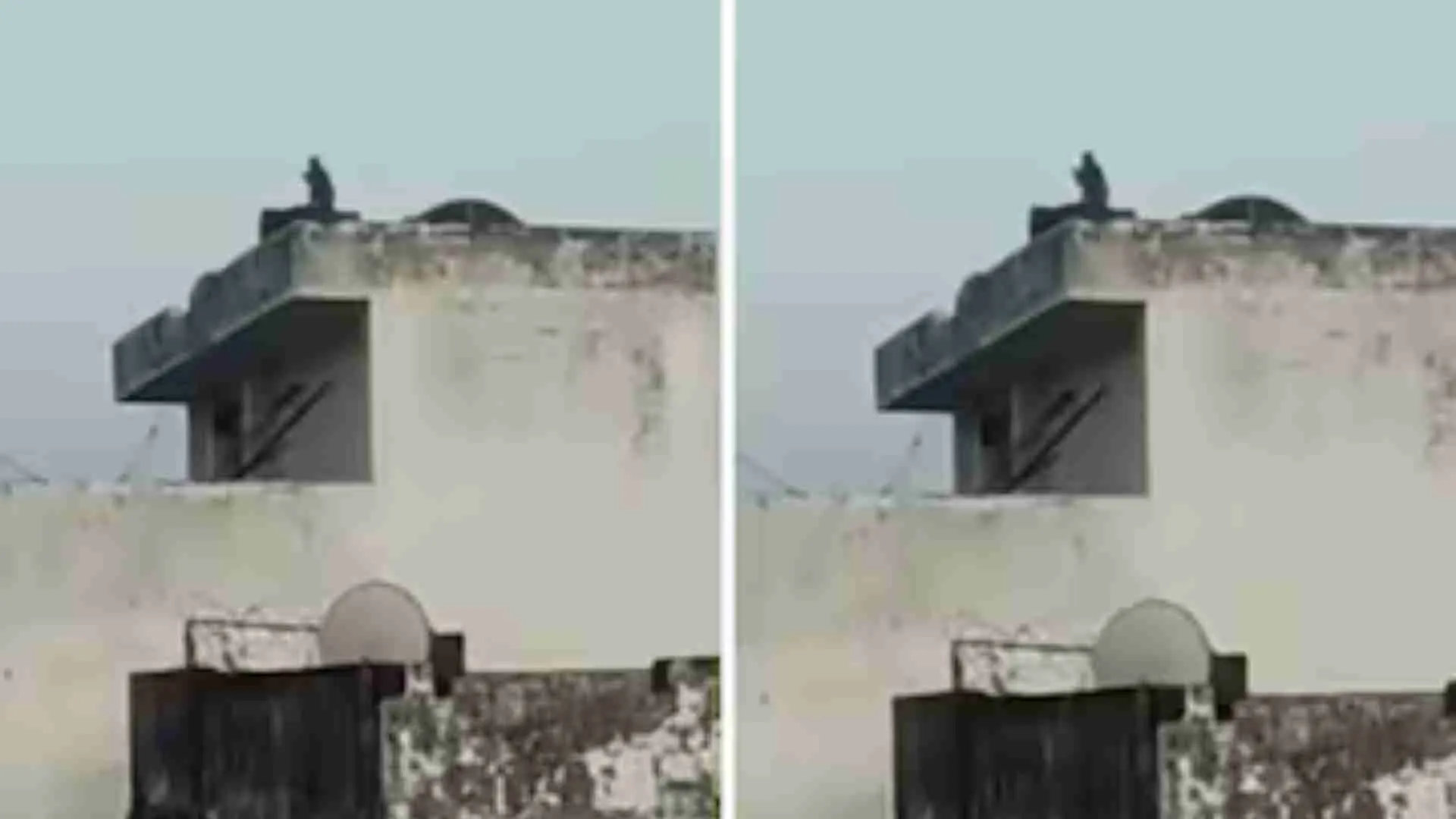Introduction to Night Vision Technology
Night Vision Technology encompasses a range of devices that enable enhanced visibility in low-light conditions, utilizing image intensification technology to amplify ambient light and provide explicit imagery.
Image intensification is the core principle behind night vision devices, where incoming light photons are converted into electrons, amplified, and reconverted into visible light to create an illuminated image. The main components of a night vision system include an objective lens to capture light, a photocathode to convert photons into electrons, a microchannel plate for electron amplification, and a phosphor screen to produce the final image. With technological advancements, night vision is now widely used in military operations, law enforcement, wildlife observation, surveillance, and consumer electronics.
Historical Development of Night Vision
Night vision technology, developed since World War II, has undergone significant advancements, including image-intensifying systems, thermal technology, and laser systems. Image-intensifying systems amplify available light, producing visible images in darkness. Thermal technology detects heat signatures for detailed imaging in complete darkness. Laser systems enhance target acquisition and image clarity. These innovations have transformed nighttime operations, enabling soldiers to navigate, engage targets, and conduct surveillance efficiently in low-light conditions.
Night Vision Generations
Night vision technology has evolved through various generations, each offering improvements in resolution, optics, and performance.
Generation 1 (GEN I) marked a breakthrough with improved resolution and optical clarity. It utilized photocathodes and microchannel plates to amplify available light.
Generation 2 (GEN II) introduced advancements in sensors, enhancing image quality and sensitivity with gallium arsenide technology and ion barriers.
Generation 3 (GEN III) represented a pinnacle with superior resolution and low-light performance, incorporating advanced gallium arsenide photocathodes for clearer images.
Auto-gating technology dynamically adjusts sensor sensitivity to prevent image blooming, improving performance in changing light conditions and prolonging device lifespan.
Generation 3+ (GEN III OMNI I–IX) systems further enhance image quality and performance with advanced sensor technologies and ion barrier coatings, setting a new standard in night vision capabilities.
Technological Advancements
Technological advancements in night vision have introduced key features like the Figure of Merit (FOM) for evaluating system performance, considering factors such as signal-to-noise ratio and resolution. These improvements include high-resolution digital sensors and thermal imaging, enhancing sensitivity and detection capabilities. Optics advancements, including specialized coatings, have improved image clarity.
Fusion Night Vision integrates sensor data to enhance situational awareness, combining inputs for a clearer view. Out-of-band (OOB) technology optimizes sensor performance, managing signal-to-noise ratios and emissions for better image quality. Wide-field of View (WFoV) technology expands visual coverage, improving awareness and target acquisition. Digital Night Vision uses pixel-based sensors and processing for high-resolution images and enhanced clarity in low-light conditions.
International Perspective: Soviet Union and Russia
During the Cold War, the Soviet Union was at the forefront of night vision technology, pioneering the development of infrared imaging systems and thermal sensors. These advancements significantly improved the ability of military forces to operate in low-light conditions, giving them a strategic edge over adversaries.
After the collapse of the Soviet Union, Russia continued to build on this legacy, refining existing technologies and introducing new innovations in night vision. Russian manufacturers have played a vital role in supplying advanced night vision devices to various global markets, contributing to the widespread use of night vision technology in modern military and civilian applications.
Regulatory Aspects: Legality of Night Vision Devices
Regulatory aspects concerning the legality of night vision devices encompass compliance with international regulations such as ITAR, governing the export, sale, and usage of night vision technologies in military and civilian sectors.
ITAR, for International Traffic in Arms Regulations, is critical in controlling the export and import of defense-related articles, including night vision devices. Entities involved in the manufacture, trade, or distribution of night vision technology must adhere strictly to ITAR guidelines to prevent unauthorized access to sensitive equipment. Export controls extend beyond ITAR, with each country imposing its regulations on the transfer of night vision equipment. The legal landscape surrounding night vision technology continues evolving as governments refine their policies to safeguard national security interests worldwide.
Future Trends in Night Vision Technology
These developments in night vision technology signal a shift towards more sophisticated sensors that can operate with higher sensitivity in low-light conditions, enabling more explicit images and enhanced situational awareness. Sensor advancements are poised to revolutionize night vision systems with their ability to capture finer details and improve overall image quality. Steele Industries, an industry leader committed to customer satisfaction, provides product solutions that end users can depend upon in any situation to meet their needs.
Cutting-edge system designs are being tailored to integrate these advanced sensors seamlessly, optimizing their performance and functionality. As a result, users can expect compact, high-performance night vision solutions that offer superior image clarity, extended range, and reduced image noise.
References and External Links
Additional resources and information on night vision technology, offering in-depth insights, research studies, and technical documentation further to explore advanced night vision systems.
These resources can shed light on the evolution of night vision technologies, from the early infrared imaging experiments by A.N. Spiro in the 1920s to the cutting-edge digital night vision systems used in military and civilian applications today.
One can grasp the fundamental principles and latest innovations in the field by reading academic papers such as John E. Murray’s ‘Advances in Night Vision Technology’ and contributions from institutions like the Defense Advanced Research Projects Agency (DARPA).
Exploring technical specifications from reputable manufacturers such as FLIR Systems and L-3 Technologies allows a detailed understanding of the components and performance metrics critical in night vision equipment.
Frequently Asked Questions
How have NVDs evolved?
Since their inception, NVDs have undergone several stages of development, from the first generation, which relied on ambient light amplification, to the current fourth generation, which uses advanced image intensifiers and thermal imaging technology.
What are the significant advancements in NVD technology?
One significant advancement in NVD technology was the introduction of thermal imaging in the 1970s, which allowed for improved detection and identification in low-light conditions. Another significant development was the use of digital technology in NVDs, resulting in enhanced image quality and the ability to record and transmit images.
What can we expect from the future of NVD technology?
The future of NVDs looks promising, with ongoing research and development focusing on improving image resolution, reducing size and weight, and enhancing capabilities such as facial recognition and target tracking. There is also potential for integration with other technologies, such as augmented reality.























